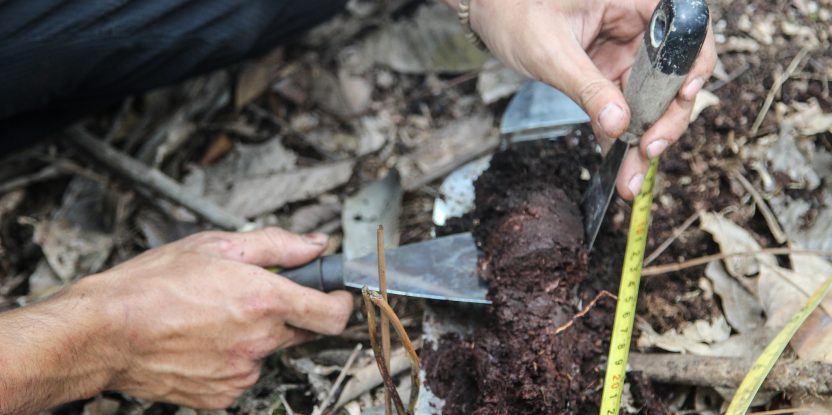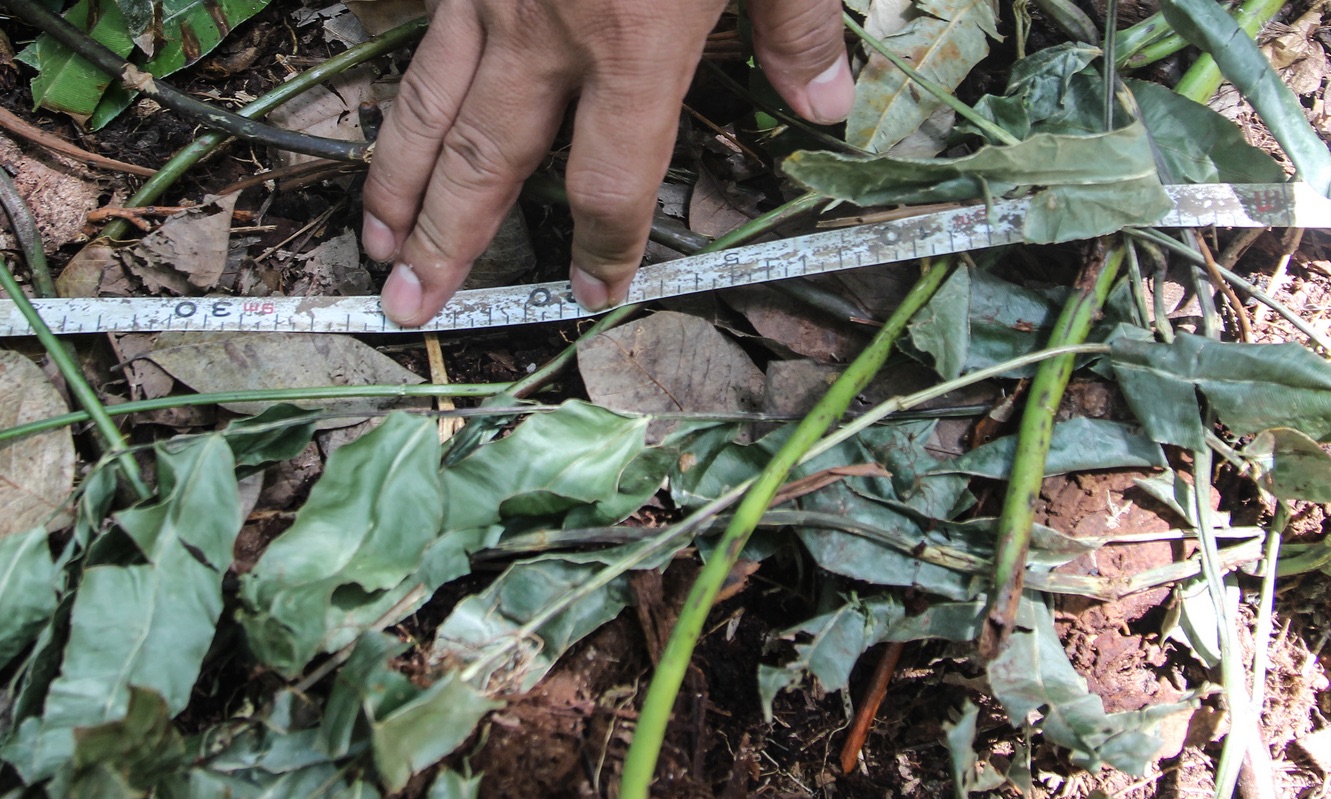
Increasing the organic carbon stored in biomass and soils holds great promise to help mitigate climate change. However, there is discrepancy on the costs of increasing ecosystem carbon relative to business-as-usual scenarios. The Intergovernmental Panel on Climate Change (IPCC), in fact, lists the cost of land use-based mitigation as a knowledge gap.
Over the past two decades, a number of studies have attempted to estimate the cost, but results have been contradictory. Forest ecologist Markku Larjavaara, alongside other scientists from the University of Helsinki, the Center for International Forestry Research (CIFOR) and the University of Turku, set out to narrow this knowledge gap using a simple but innovative approach.
The team conducted 77 face-to-face interviews with local experts on the cost of increasing ecosystem carbon in 10 landscapes around the globe — in Indonesia, Finland, Mexico, Peru and Tanzania. “I had not seen anyone simply asking the best experts, who are those living in or close to the landscapes in question,” says Larjavaara.
The carefully selected local experts were able to combine biogeochemical information with an intimate knowledge of the land-use economics and socio-political context in their area — something that would be “very challenging for non-local scholars,” notes the study.
STARK DIFFERENCES
Following standardized interviews, the researchers asked experts to envision the changes in land use triggered by hypothetical payments — US$1 and US$10 annual subsidies for adding a ton of ecosystem carbon. They were asked to assume good governance and an efficient local distribution of carbon funding.
To estimate the increases in ecosystem carbon prompted by funding, researchers also developed rough baseline (or business-as-usual) scenarios based on plausible land-use changes from 2015 to 2045.
So what did the study find? According to Larjavaara, the main result is “the huge variability in the cost of increasing ecosystem carbon across landscapes.” This cost was perceived to be 16 to 27 times cheaper in two Indonesian landscapes dominated by peatlands compared to the average of the eight other landscapes.
The reasons for this disparity are threefold. To start with, there is the large variation in the potential of landscapes to increase carbon. “Peat soils store huge amounts of carbon,” something that dramatically reduces the cost in these landscapes, explains the lead author.
Secondly, the study mentions the opportunity costs of substituting current land uses with alternative ones with higher carbon density. From the interviewees’ point of view, for example, densely populated landscapes have less potential for increasing ecological carbon because it is unlikely that intensively cultivated agricultural lands are converted to other uses.
A third aspect is how each expert understands the assumption of good governance and efficient distribution of carbon funding.
“Let’s say she interprets this as most of the funding being distributed among land owners and users, rather than being held by the administration,” illustrates Larjavaara. “She will foresee bigger impacts for a given investment and so a lower cost of increasing carbon.”
This rationale also works the other way around.
GOVERNANCE AND SUBSIDIES
Considering a US$10 payment, the two Indonesian landscapes had the lowest cost-effectiveness ratio, followed by Finland North. However, results may well change on the assumption of realistic governance.
“Finland North, where implementation of carbon addition projects would be straightforward, might be less risky, and hence perhaps eventually a more cost-effective landscape in which to allocate carbon funding,” points out the study.
The paper calls attention to another challenge: “agricultural subsidies are several hundred times higher than REDD+ funding, and have perversely incentivized land owners to keep ecosystems open, especially in wealthy countries.”
A way forward could be increasing ecosystem carbon in rangelands, wastelands and other land uses spared from intensive crop production. An option that, according to the study, “could greatly mitigate climate change without significantly reducing global food production.”
OPTIMIZING FUNDING
In any case, the conclusion of the research is clear. Given the large variability in the cost of increasing ecosystem carbon across landscapes, the effectiveness of a carbon subsidy would greatly depend on one aspect — “the policy’s ability to globally target the sites with the largest potential to make a difference.”
This means that if land use-based mitigation efforts such as REDD+ were to be distributed evenly across forested countries, their overall effectiveness would be “dramatically lower” than for a distribution aimed at minimizing costs.
“Given that mitigation goals are global and there is a limited amount of funding, it should be obvious that we must prioritize the landscapes with a low cost-effectiveness ratio,” says Larjavaara. “However, in practice, there is very little discussion on where to invest the carbon funding globally.”
The scientists are currently gathering additional insights in Vietnam and Laos, besides exploring the links between biodiversity and variations in the cost of increasing ecosystem carbon in the various landscapes.
Additionally, researchers are closely following global climate policies. “If we seriously start mitigating climate change, information on the costs will be very valuable to help optimize the funding.”
We want you to share Forests News content, which is licensed under Creative Commons Attribution-NonCommercial-ShareAlike 4.0 International (CC BY-NC-SA 4.0). This means you are free to redistribute our material for non-commercial purposes. All we ask is that you give Forests News appropriate credit and link to the original Forests News content, indicate if changes were made, and distribute your contributions under the same Creative Commons license. You must notify Forests News if you repost, reprint or reuse our materials by contacting forestsnews@cifor-icraf.org.

